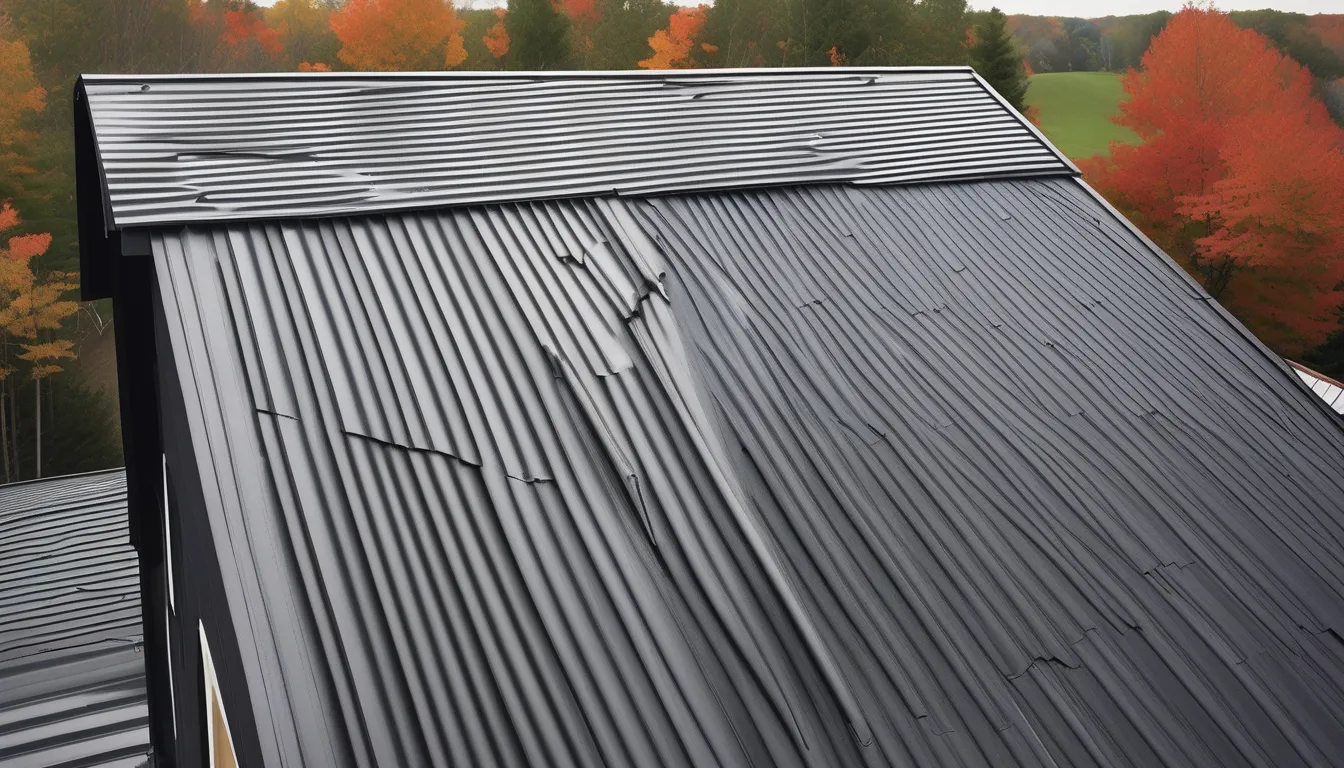As you consider a metal roof for your home, you’re likely weighing the benefits of durability, energy efficiency, and sleek aesthetics. However, the design process involves more than just choosing a metal type and color. You’ll need to assess your home’s architecture, climate, and surroundings to ensure your metal roof complements its style and withstands local weather conditions. With so many factors at play, it’s essential to approach the design process systematically. But where do you start, and what key considerations will make or break the success of your metal roof design?
Assessing Your Home’s Architecture
When designing your metal roof, you’ll typically start by assessing your home’s architecture. This involves evaluating the style, size, and slope of your roof, as well as any nearby features like skylights, vents, or chimneys.
Consider the Steel Ridge Metal ‘s pitch, which is the measure of how steep it is. A steeper pitch can help snow slide off, but may also increase the cost of materials and installation.
Next, think about your home’s exterior features, such as dormers, gables, or valleys. These areas may require special attention when installing a metal roof, as they can be prone to leaks or other issues.
Consider the roof’s size and shape, including any irregularities or cut-ups. This will help you determine the best layout for your metal panels and ensure a watertight seal.
Assessing your home’s architecture will also help you identify any potential challenges or obstacles. For example, if you have a complex roof with many valleys or angles, you may need to use specialized flashing or sealing techniques.
Choosing the Right Metal Type
Choosing the Right Metal Type
Selecting the right metal type for your roof is crucial in achieving a durable, low-maintenance, and visually appealing design.
You’ll want to consider factors like climate, budget, and personal preference when making your decision. Different metals have unique characteristics that can impact the performance and aesthetic of your roof.
Here are some popular metal types to consider for your roof:
- Aluminum: Lightweight, corrosion-resistant, and budget-friendly.
- Galvanized Steel: Strong, durable, and resistant to rust.
- Copper: Attractive, durable, and develops a beautiful patina over time.
- Zinc: Eco-friendly, corrosion-resistant, and offers a unique, rustic look.
When evaluating metal types, think about the specific needs of your home and climate.
If you live in a coastal area, you may want to prioritize corrosion-resistance. If you’re on a tight budget, aluminum or galvanized steel might be a more affordable option.
Selecting a Roofing Style
Now that you’ve selected a metal type for your roof, it’s time to think about the style that will complement your home’s architecture and enhance its curb appeal. You have several options to choose from, including standing seam, corrugated, and metal shingles.
Standing seam roofs feature raised seams that provide a sleek, modern look, while corrugated roofs have a more traditional, wavy appearance. Metal shingles offer a versatile option that can mimic the look of traditional asphalt shingles.
Consider the style of your home and neighborhood when selecting a roofing style. For example, a modern home may look best with a standing seam roof, while a traditional or rustic home may suit a corrugated or metal shingle roof.
You should also think about the roof’s pitch and how it will affect the overall appearance of your home. A steeper pitch may be more suitable for a metal shingle roof, while a lower pitch may be better suited for a standing seam or corrugated roof. Choose a style that not only looks great but also meets your functional needs.
Considering Climate and Durability
Considering your region’s climate and the durability of your metal roof is crucial in ensuring it withstands various environmental conditions.
You’ll want to think about the types of weather your roof will be exposed to, such as heavy rainfall, intense sunlight, or strong winds. This will help you determine the right material and design for your metal roof.
When it comes to durability, you’ll want to consider the following factors:
- Coating and finishes: Look for metal roofs with durable coatings that can withstand harsh weather conditions and resist fading or corrosion.
- Gauge and thickness: A thicker gauge metal roof is generally more durable than a thinner one, but it may also be more expensive.
- Seam and joint design: A well-designed seam and joint system can help prevent water from seeping into your roof and reduce the risk of damage.
- Installation quality: A properly installed metal roof is essential for ensuring its durability and longevity.
Finalizing Roofing Details and Colors
When it’s time to finalize the details of your metal roof, you’ll have several key elements to decide on – the roof’s profile, color, and finishing touches.
The roof’s profile, or panel style, will significantly impact the overall appearance of your home. You’ll need to choose from various styles, such as standing seam, corrugated, or panelized.
Each style has its unique characteristics, advantages, and installation requirements.
Next, you’ll need to select a color that complements your home’s exterior. Metal roofs come in a wide range of colors, from earthy tones to bold hues.
Consider the style of your home, surrounding architecture, and local environment when making your decision. It’s also essential to think about the color’s energy efficiency and potential for fading over time.
Conclusion
You’ve carefully considered your home’s architecture, chosen the right metal type, selected a roofing style, and factored in climate and durability. Now, it’s time to finalize your metal roof’s details and colors. With a clear vision, you can bring your design to life. Your new metal roof will not only protect your home but also enhance its curb appeal and value. It’s the perfect blend of form and function.

